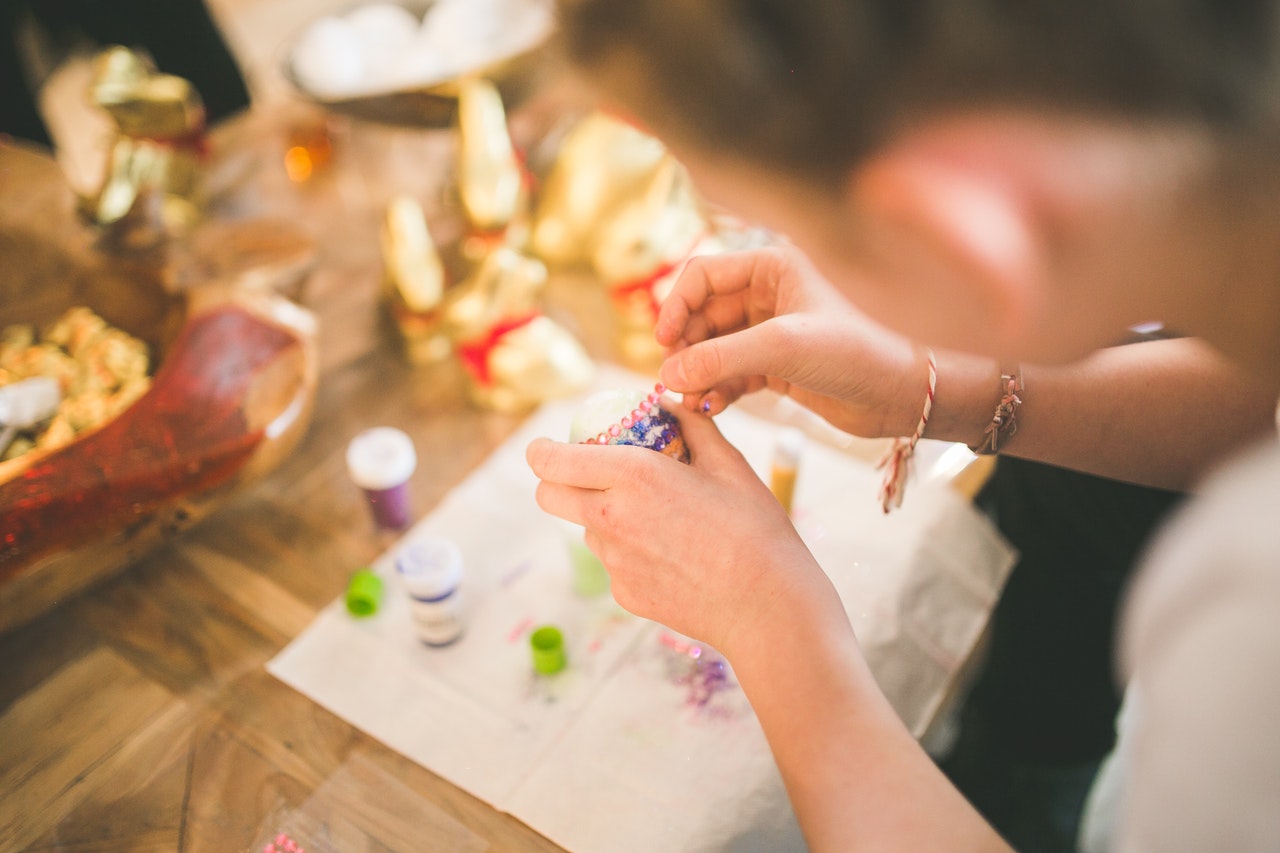
The great philosopher Immanuel Kant once said that “the hand is the window onto the mind”, when praising the uniqueness of human craftsmanship. The ability to fashion beautiful objects by hand, whether they be utilitarian, religious or aesthetic in their nature, has long differentiated us from all other animals on earth.
Since the industrial revolution though, there has been a divergence from handmade craftsmanship towards mass production, separating the roles of designer and craftsman. This trend is a mark of our modern technological world, from the mass produced cars we drive to the shiny iPads and computers we work on. When it comes to furnishing our homes we need only look as far as Ikea.
But has our desire for handmade objects ever really gone away? For some years now there is increasingly evidence to suggest
a huge resurgence in demand for hand crafted objects in our homes. What works best for your home will depend largely on your budget, but also your tastes.
THE ROMANTICISM OF WOOD
Perhaps the most important factor that will come to affect your decision in opting for something handmade or mass produced will be what it is made of. When many of us think handmade we think of anything that is designed and then built by hand, whatever it is made of. Often this involves the use of plastics and other non-naturally occurring materials.
When it comes to wood though, there is a sense of the traditional infused in the grain. A wooden object, whether it be a table or a child’s toy, fills many of us with a sense of romanticism for an era long past. Wooden objects are as unique as the trees they are made from, with every carve and arc of the craftsman’s chisel or hand plane bringing its own sense of individuality to bear. For many then, wood is the ultimate handmade material for the home.
FURNITURE, FLOORS, WORKTOPS AND BUDGETS
Taking your average 2 or 3 bedroom house as a blank canvas onto which to stamp one’s own individual sense of style, we’re presented with a daunting array of options. It goes without saying that chief concern affecting any decision making processes will be your budget. For many, a beautiful oak parquet floor may sound the bee’s knees but it’s simply unaffordable.
The same goes for kitchen worktops. We’d all love to opt for hand crafted marble or oak work surfaces in our kitchen, but for most people it is simply way over their budget and so laminate or a more mass produced wood product becomes the preferred option.
Of course we’re implying that mass produced stuff is necessarily of a higher quality but that’s not always true. Mass produced products in stores like Ikea, or even more upmarket manufacturers like Oak Furniture Land, can still be aesthetically beautiful and extremely desirable and they’re often far from cheap.
A QUESTION OF BALANCE
Being mass produced is certainly no indicator of shoddiness then and owning mass produced furniture is certainly not a universal indicator of frugality (Oak Furniture Land is certainly not cheap). Indeed, the waters are muddied when we consider that a lot of beautiful antique furniture can be purchased second hand at far cheaper prices than a lot of mass produced stuff. The true differentiation comes down to individuality and character.
For most people the choice between traditional handmade products and mass produced ones, comes down to striking a balance. Your sofa might be from MFI, but fill your lounge with beautiful handmade wooden shelves, a contemporary lamp you bought from a small independent shop and knick-knacks and ornaments you have amassed from years of trawling antique shops and markets, and your lounge will feel anything but mass produced.

Hi! I’m Chris, the founder of The Organic & Natural Paint Co, and I’m focused on the education and promotion of natural non toxic alternatives to chemical laden everyday products that we just take for granted. We have a choice, and I want to raise awareness of alternative products that don’t actually harm us!
This company is my way of pushing the awareness of better indoor air quality, something that I am personally passionate about due to my own children’s breathing medical conditions. I just couldn’t paint with big brand standard petrochemical paint any longer and wanted another solution.
Read more: About me
Twitter: NaturalPaintCo
Instagram: thenaturalpaintco


